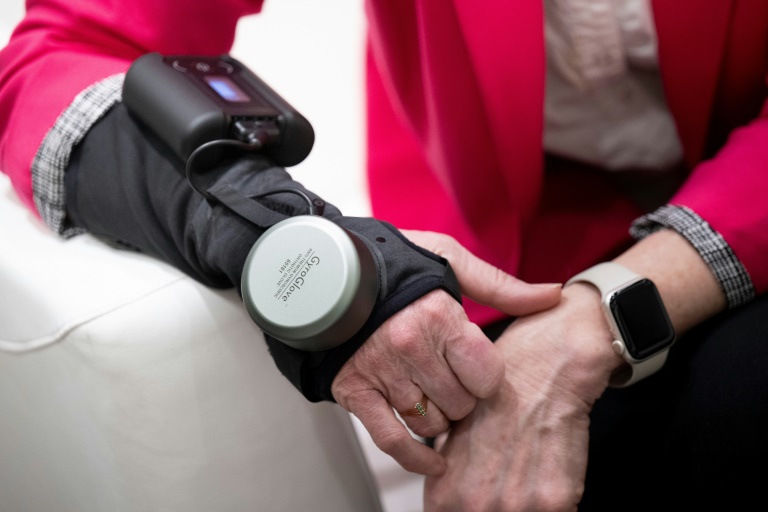Every morning after breakfast, Scott Broadbent takes a plastic bottle from the refrigerator in his home in Alameda, Calif., pops the top, and drinks the contents, 2.5 ounces of milky liquid. “It has sort of a pineapple creamy flavor,” he says. “It’s really not bad.”
A retired chemist who used to work for pharmaceutical companies, Broadbent is 70 and in excellent health today, but he worries about the future. He’s not necessarily afraid of dying, but he doesn’t want to be sick and in pain as he grows older. His dad had Parkinson’s disease. Broadbent survived prostate cancer and recently developed tinnitus, which spooked him and sparked anxiety attacks. “I thought if I had to live like this the rest of my life, I don’t know if I’d want to do it,” he says.
Some scientists think there’s a better way. These researchers — part of a burgeoning field called “geroscience” — aren’t seeking immortality. The focus is much more pragmatic: By addressing the root causes of aging, they hope to stave off the disability and diseases that can make old age so miserable. They want to help people feel healthy for longer, compressing the years of illness that often accompany old age into a much shorter time frame. “Let’s build a medicine that would be safe enough for someone in midlife to take almost like a supplement, like a daily vitamin, but with much more profound biological effects,” says James Peyer, CEO of Cambrian Bio in New York City.
Just don’t call these potential medicines antiaging therapies. “That term is associated with an industry that is trying to sell products to the public to separate people from their money,” says S. Jay Olshansky, a demographer and geroscientist at the University of Illinois Chicago. The antiaging market includes everything from face creams meant to zap wrinkles to pills that promise to turn back the clock. “It’s bogus,” he says. Geroscientists instead are doing legitimate research at respected research institutions to find medicines that can slow the aging process. Many of the compounds under study show promise in mice and even humans, and some are in clinical trials.
2024-01-16 09:00:00
Original from www.sciencenews.org




















